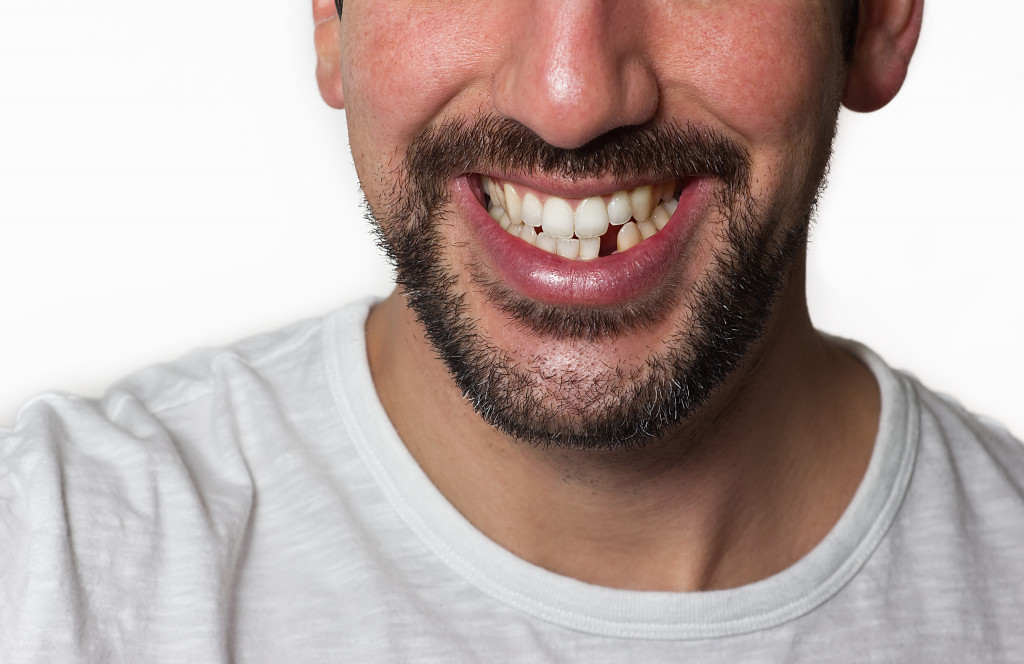Teeth falling out is a rare occurrence, but it can happen. According to the American Dental Association (ADA), only 2 percent of the population will experience a tooth falling out in their lifetime. There are several reasons teeth may fall out, including advanced gum disease, a severe injury to the mouth, or a dental abscess.
The situation is a crucial dental matter. A missing tooth could have several consequences that might impact oral health, appearance, and confidence. Your mouth might experience more gum problems, teeth shifting, and bite complications. If a tooth falls out, it’s essential to take the proper steps to ensure that your mouth stays healthy. They should be immediate, similar to how you would handle a broken bone. Here are the steps you must take when your tooth falls out.
Find the Tooth
It can be frustrating to see your teeth fall out, mainly when you stay disciplined with dental hygiene for most of your life. The first step you should take is to find the tooth. If the tooth came out cleanly with the root attached, then there’s a chance you can reinsert it into the empty socket.
If the tooth is dirty or broken, hold it by the crown—the white part visible in your mouth—and rinse it off with water for no longer than 10 seconds. Please don’t use any soap since it might damage the root. You should avoid handling the root too much because it could damage delicate tissue and decrease the likelihood of successful reattachment. If possible, try putting back in the tooth in its socket within 30 minutes.
Of course, there is a high chance that the entire tooth did not come out, or you might have swallowed it. In this case, don’t try to find the tooth. It will eventually pass through your system.
Clean Your Mouth and the Tooth
The next step is to clean your mouth and the tooth if you plan on putting it back in the empty socket. If the tooth is dirty, rinse it off with water for no longer than 10 seconds. If circumstances remove it from the socket because of advanced gum disease, bacteria might be present on both the tooth and your gums. Dirty surfaces increase the risk of infection, so cleanse everything thoroughly before reinserting the tooth.
It would help to clean your mouth with warm water or saltwater. This step will help remove any debris and bacteria that might cause infection.
If you plan on putting the tooth back in its socket, gently insert it at a 45-degree angle towards the gum line. Use your fingers to apply light pressure until the tooth is level with the rest. If you have trouble holding it in place, you can temporarily use dental adhesive or denture cream until you can see a dentist.
Avoid Eating Hard Foods
You might feel tempted to eat hard foods since all your teeth are there. However, this could damage your tooth before it has a chance to reattach itself to the bone or get cemented into place by a dentist. Stick to soft foods like soups, eggs, fish, and mashed potatoes for the time being.
It will be challenging to chew with the tooth in its current state, so munching on the other side of your mouth is probably your best bet. Eating hard foods could cause the tooth to come out again or damage the surrounding teeth.
See a Dentist as Soon as Possible
The sooner you see a dentist, the better. A dentist will clean the socket and ensure there isn’t any debris remaining that could cause infection. The dentist will also take X-rays to look for any fractures in the bone and to assess the health of the surrounding teeth.
If you cannot see a dentist right away, you should at least schedule an appointment within 24 hours. In some cases, it might be necessary to see an endodontist—a root canal specialist—instead of a regular dentist.
An endodontist will evaluate the damage to see if you can save the tooth. A root canal might be necessary to clean out the infected tissue and save the tooth if the root is damaged.
In some cases, it might not be possible to save the tooth. In this case, the dentist will discuss your options for replacing the tooth. Dental implant procedures might be necessary to replace one or more missing teeth.
The next step is to clean your mouth and the tooth if you plan on putting it back in the empty socket. If the tooth is dirty, rinse it off with water for no longer than 10 seconds.
Take Good Care of Your Mouth
Even if you can put the tooth back in its socket and see a dentist immediately, there’s no guarantee that it will stay in place. It’s essential to take good care of your mouth during this time to ensure that the tooth has the best chance to reattach.

Use a soft-bristled toothbrush to brush your teeth gently. Avoid using commercial mouthwash, as it could irritate your gums. Instead, rinse your mouth with warm water mixed with salt.
If you’re in pain, over-the-counter pain medication can help. Ibuprofen is usually the best option, but you can also take acetaminophen. Avoid aspirin, as it could increase the risk of bleeding. There are also a few home remedies you should consider trying when you’re in pain.
You should also avoid tobacco products during this time. Tobacco increases the risk of infection and might prevent the tooth from staying in place.
Final Thoughts
Having a tooth come out is never a good feeling, but staying calm and taking the proper steps is essential. Be sure to clean your mouth and the tooth if you plan on putting it back in its empty socket. See a dentist as soon as possible, and avoid eating hard foods. These steps will help ensure that your tooth has the best chance to reattach itself.


